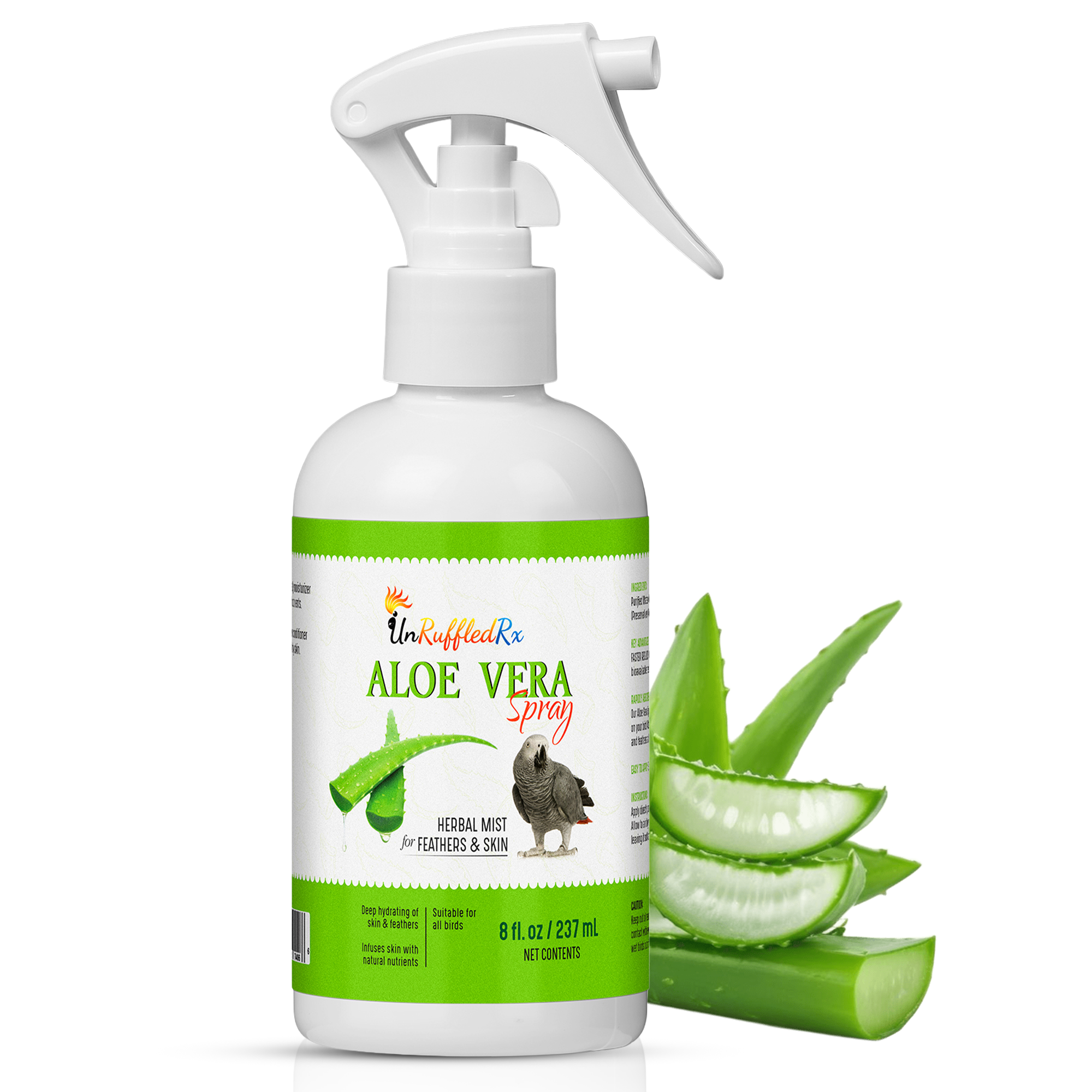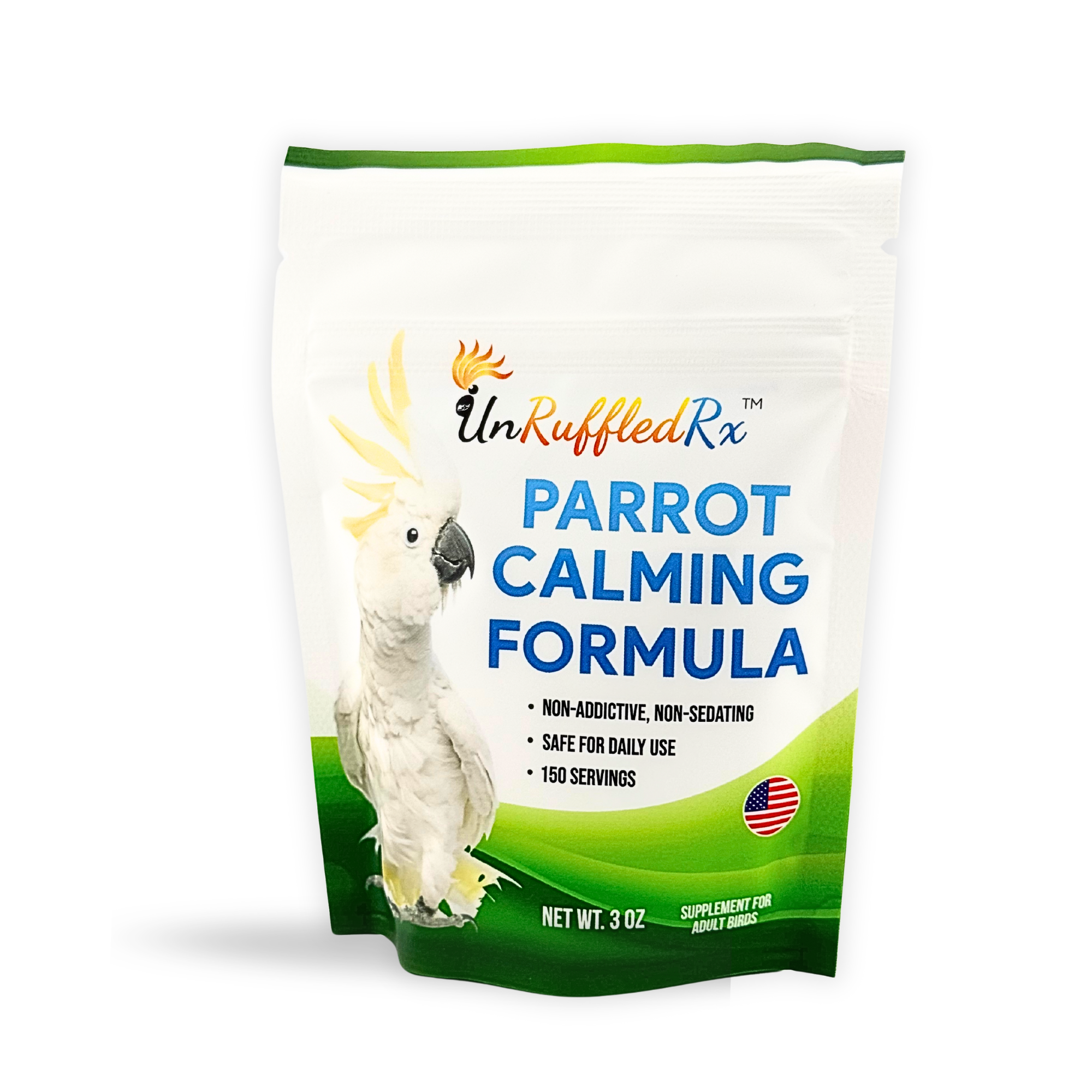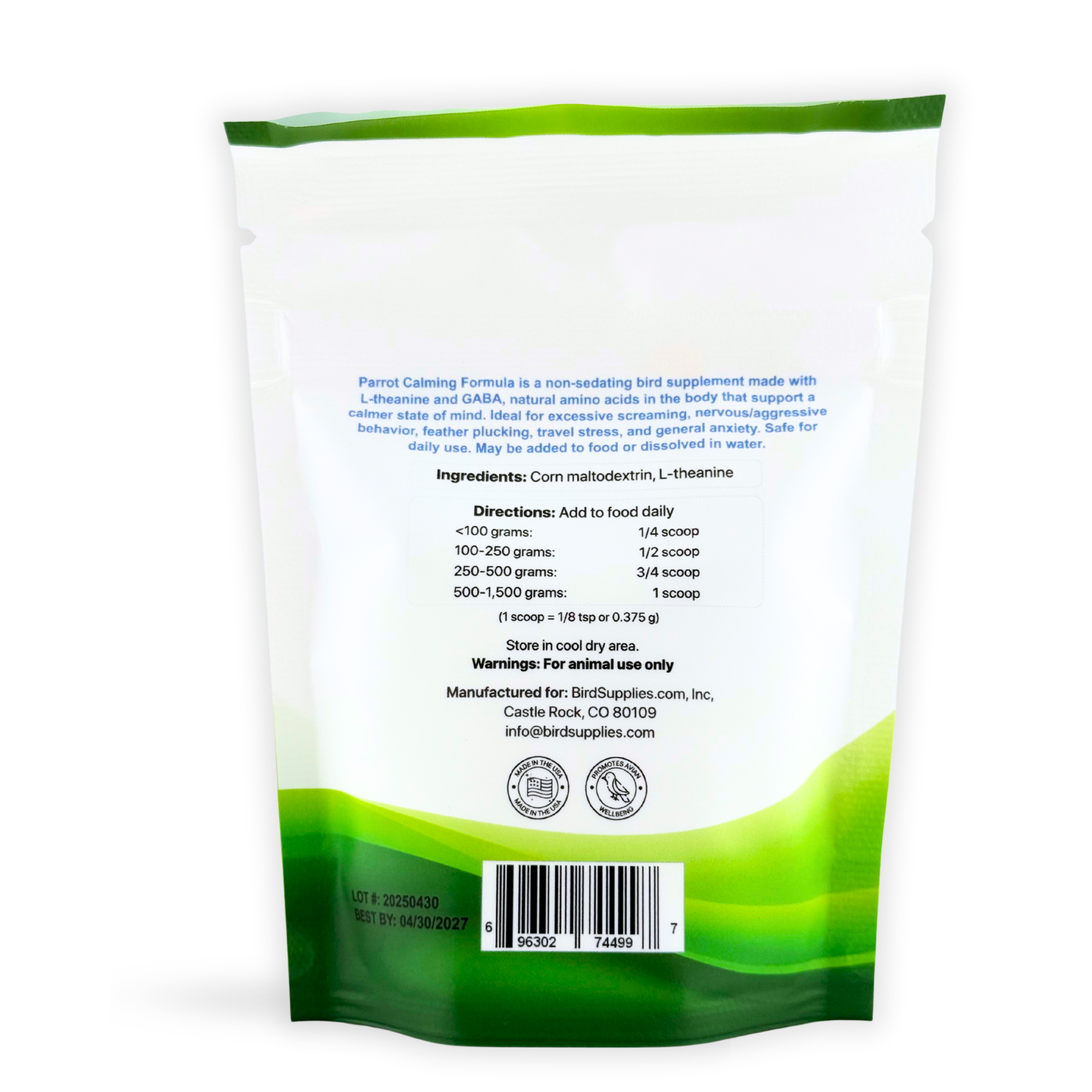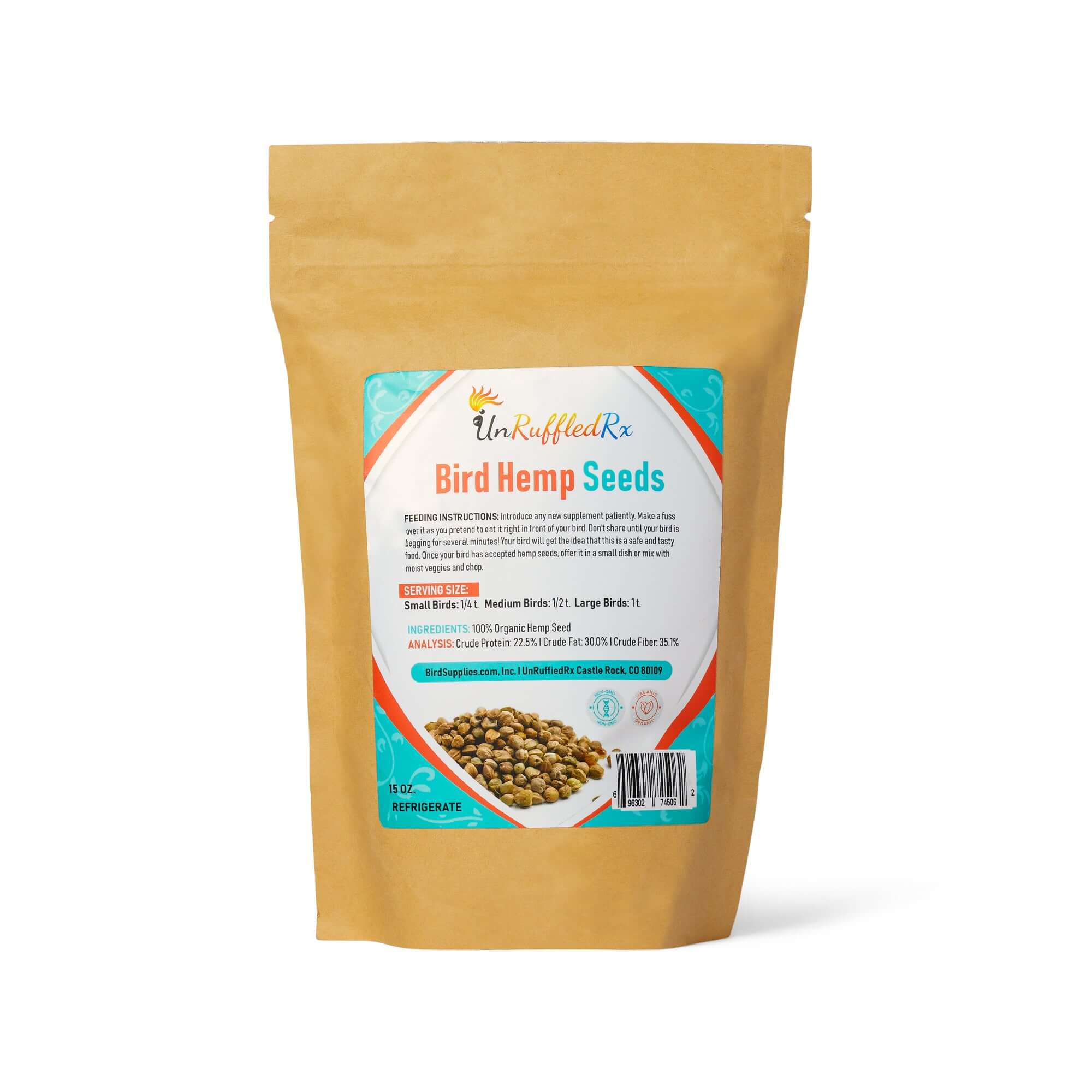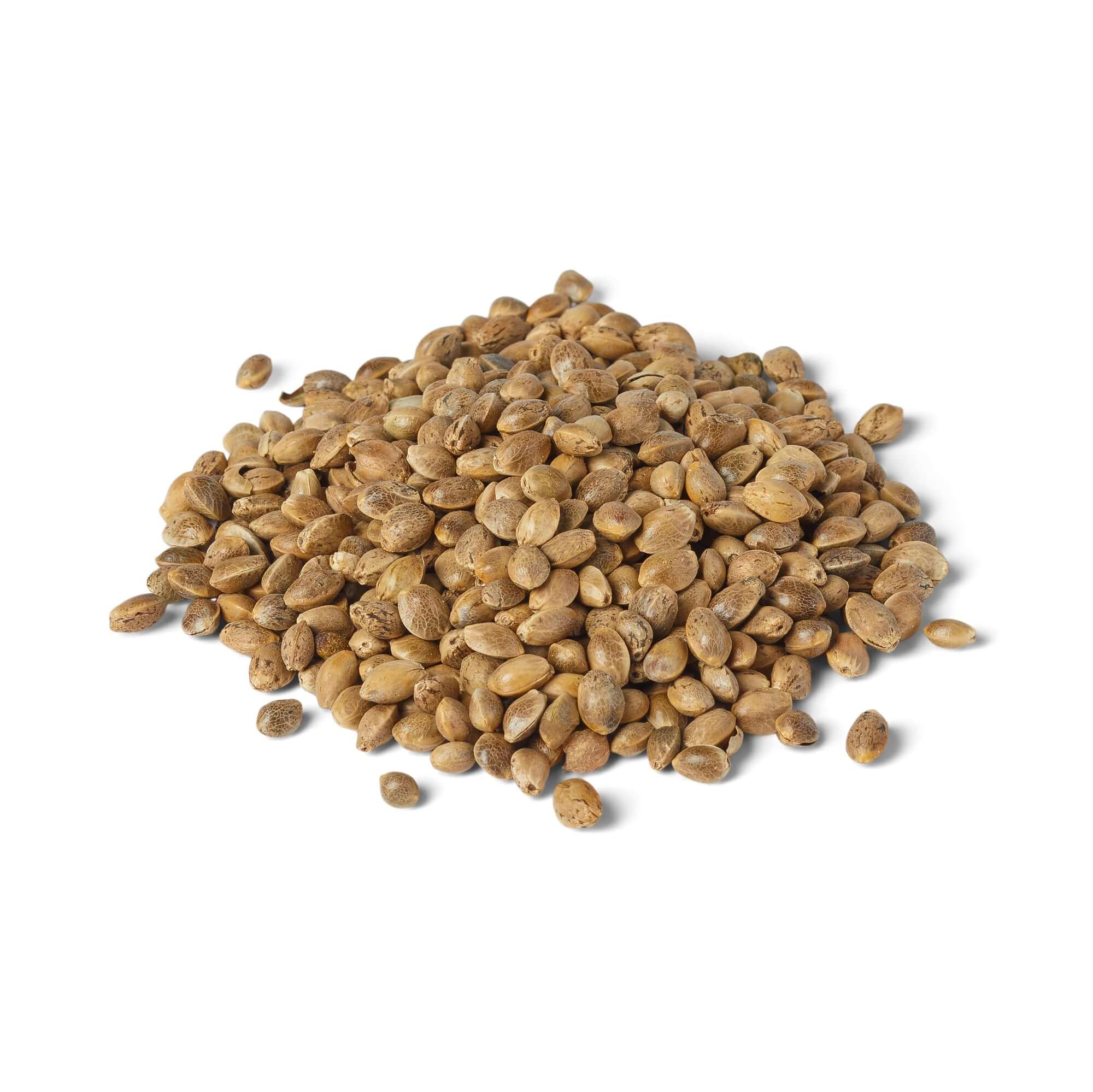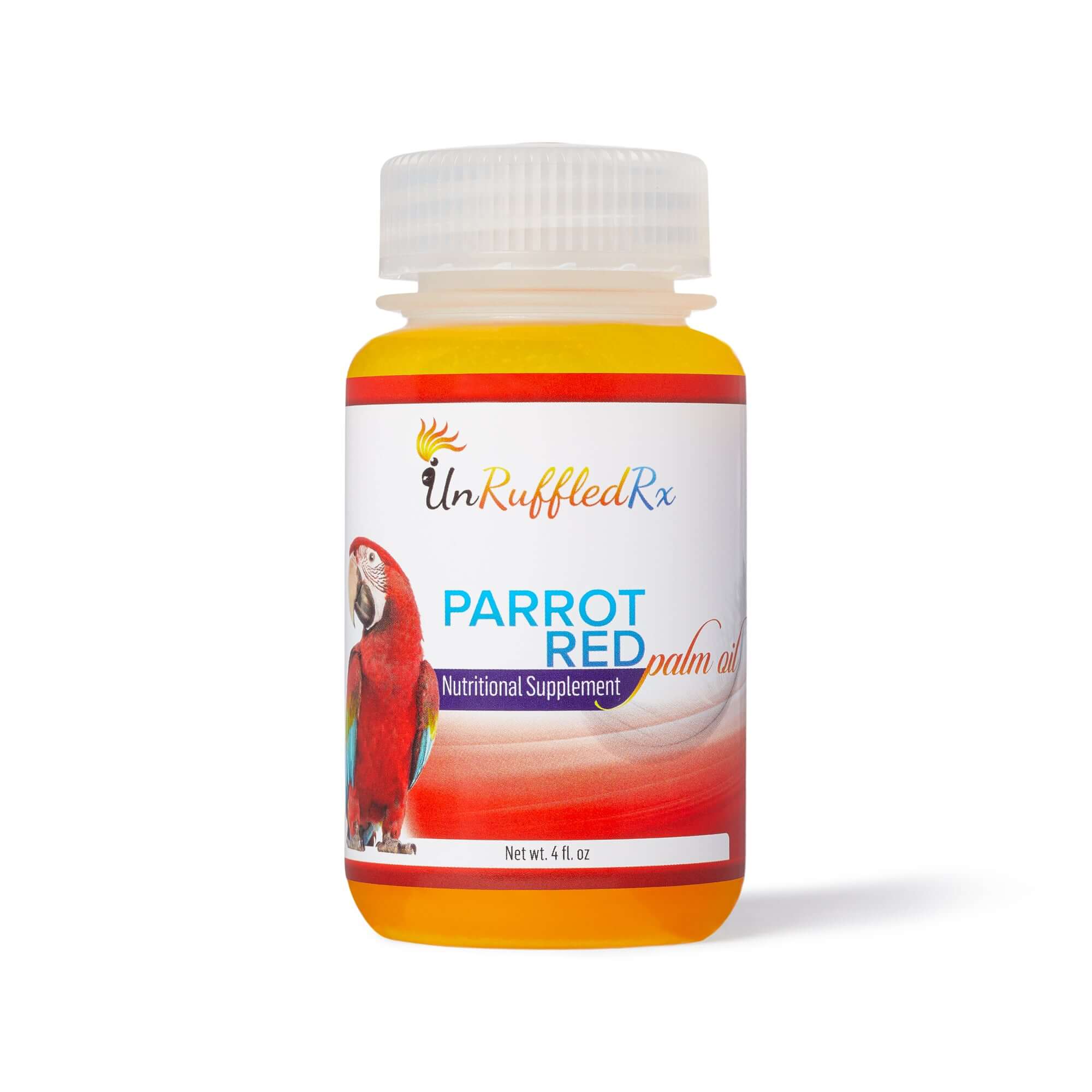Table of Contents
- What is Bird Enrichment?
- Why Offering Enrichment So Important for your Bird?
- What are Good Parrot Enrichment Activities?
- Size Matters!
- What is the S.P.I.D.E.R. Framework for Providing Animal Enrichment?
- Planning for Daily Bird Enrichment
- What Should A Bird Owner Know About Enrichment?
- Test Your Knowledge!
Are you looking for ways to keep your feathered friend happy and healthy? Bird enrichment is the key! It’s all about giving your pet the physical and mental activities they need to thrive. From social interactions to fun food games, there are so many ways to make your bird’s life more exciting.
In this post, we’ll explore the five main types of c: social, cognitive, physical environment, sensory, and food. Dive in and discover how you can become an expert in giving your bird the best care possible. Keep reading and let’s make your bird’s life more joyful together!
What is Bird Enrichment?
Parrot enrichment is all about giving your bird fun activities that mimic their natural behaviors, boosting their emotional and physical health. This type of avian enrichment keeps birds healthy, active, and engaged in things they naturally love to do. By adding these activities, you’re not just caring for your bird’s body but also their mind.

Through avian enrichment, your bird can explore and express their natural behaviors, avoiding boredom and stress. Parrot enrichment comes in many forms, from toys and perches to interactive activities like foraging, physical play, and even music and scents. By offering these activities, you’ll create a safe environment that boosts your bird’s mental and physical well-being.
Why Offering Enrichment So Important for your Bird?
Bird enrichment is crucial for keeping our feathered friends healthy, happy, and stimulated. It promotes positive behaviors by allowing birds to express their natural instincts, boosting their overall well-being. Proper parrot enrichment keeps birds physically, mentally, and emotionally active, helping to prevent or reduce anxiety, depression, and stress.
By offering opportunities for physical exercise, mental challenges, social interaction, and sensory exploration, birds stay engaged and lively. They get to explore their environment and build problem-solving skills through puzzles and toys. Ultimately, avian enrichment improves their quality of life and encourages healthy habits like grooming and foraging.
|
When enrichment is lacking, birds can become bored or frustrated, leading to behavior problems. An enriched environment reduces the chances of destructive behaviors like feather-plucking or excessive vocalization. With fun and stimulating activities, your bird can release their energy and emotions in healthy ways. Providing avian enrichment keeps your feathered friend healthy and happy for many years to come.
If you notice your bird developing bad habits, take action with a quick bird enrichment time study. Document the enrichment opportunities in their environment. Observe which activities your bird enjoys most. Ensure these activities aren't contributing to hormonal behavior. Introduce more stimulating activities to ward off boredom./p>
What are Good Parrot Enrichment Activities?

Imagine a bird that’s always engaged and joyful, exploring new activities and having fun. Birds that are enriched and busy are less likely to develop aggressive or nervous behaviors.
Get excited about adding enrichment to your bird’s life! You’ll be amazed at how much more vibrant and interactive your feathered friend becomes. Let’s make their world as dynamic and stimulating as possible, ensuring they thrive and enjoy every moment. Start today and see the wonderful changes in your bird’s happiness and health!/p>
Below, I'll share 6 ways that you can offer your bird enrichment throughout the day.
1. Social Enrichment: Bird enrichment starts with social enrichment, which refers to providing opportunities for birds to interact and form relationships with other birds, animals, or humans. This could include allowing birds to fly free in a large aviary, as well as setting up pairs and groups of birds in cages. Additionally, you can create playtime activities that involve interaction with people.
2. Cognitive Enrichment: Cognitive enrichment involves providing birds with activities that encourage problem-solving, such as challenging bird toys or treat puzzles. This type of enrichment helps birds stay sharp and alert, while also providing mental stimulation.
3. Physical Environment Enrichment: This type of enrichment involves making changes to the physical environment in order to provide birds with variety and novelty. Examples include rearranging cage furniture, providing perches and ropes for climbing, as well as offering new toys for play.
4. Sensory Enrichment: Sensory enrichment involves providing birds with a range of different sights, sounds, smells, and textures in their environment. This could include displaying bright colors, playing audio recordings of birdsong, diffusing essential oils, and hanging bird-safe items such as feathers, bells, and mirrors.
5. Food Enrichment: Food enrichment refers to offering food in a variety of different ways in order to keep birds interested and engaged. This could include hiding treats in toys, presenting different types of food (such as nuts and fruits), and offering novel food delivery systems like bird-safe feeders. By providing a range of different enrichments, you can ensure that your feathered friend is happy and healthy!
6. Toy Enrichment: Toy enrichment involves giving your bird a variety of safe and stimulating toys to play with. These could be made from natural materials, such as wood and leather, or even store bought toy sets. The goal is to give your bird something they can explore, tear apart, chew on, swing from, and generally entertain themselves with. Make sure to check out reviews when buying store bought toys, so you know they’re safe for birds! Toys should be rotated regularly to prevent boredom and create an exciting atmosphere.
Additionally, try using edible treats within these toys too – birds love finding hidden rewards when they explore! Just be sure to monitor them closely, since they may end up eating things they shouldn’t.
Finally, when adding new toys to your bird’s enclosure, make sure they are within reach so they don’t have any difficulty accessing them. With these tips, your feathered friend will be sure to have plenty of fun during playtime.
Size Matters!
Different birds enjoy different activities, and understanding their unique needs can make a huge difference in their happiness and well-being.
For small ground feeders, enrichment needs to be tailored to their size and natural behaviors. These tiny birds thrive with small toys, little wood pieces, and softer wood densities that they can easily manipulate with their small beaks. Think foraging boxes filled with treats or synthetic grass mats that mimic their natural environment. These activities encourage exploration and stimulate their minds, keeping them active and happy.
Medium-sized birds require a different approach to enrichment. Their larger bodies and stronger beaks mean they need slightly bigger and sturdier toys. Providing them with a little harder wood and items they can grasp and chew is essential. Toys that challenge their intelligence, such as puzzle feeders or hanging toys, can keep them engaged for hours. By catering to their physical abilities, you help them stay mentally and physically fit.
Large birds, like parrots and macaws, need enrichment that matches their powerful beaks and curious nature. Larger blocks of wood and harder materials can withstand their strong bites and vigorous play. Observing your bird is crucial to understanding what they can handle and enjoy. Offer a variety of toys and activities, and notice which ones they engage with most. This way, you can provide the perfect enrichment to keep them happy and entertained, promoting a fulfilling and active life.
What is the S.P.I.D.E.R. Framework for Providing Animal Enrichment?

The S.P.I.D.E.R. Framework, developed by experts at Disney's Animal Kingdom, is a fantastic approach to providing animal enrichment that caters to both the physical and psychological needs of our feathered friends. The acronym stands for Social, Psychological, Intellectual, Diet, Environment, and Recreational. Let’s dive into how each aspect can make your bird’s life more exciting and fulfilling.
Social enrichment focuses on the social side of bird care, ensuring your pet isn’t isolated. Birds thrive on interaction - after all, they are flock animals! This can be achieved with interactive toys or opportunities for social interaction with other birds. Imagine your bird chattering happily with a companion or engaging with a mirror toy—it’s all about keeping them socially active.
Psychological enrichment addresses your bird’s mental needs. Birds are smart and curious creatures, and they love to be challenged. Providing cognitively stimulating toys and activities, like puzzle feeders, keeps their minds sharp and engaged.
Intellectual enrichment goes a step further by offering activities that really make your bird think. Hide treats for them to find, introduce puzzle feeders, or even teach them simple tricks. Watching your bird solve problems is not only fun but also great for their brain.
Diet enrichment involves adding variety to their meals. Nutritious food options that are interesting and varied help keep your bird entertained and healthy. Think colorful fruits, crunchy vegetables, and different types of seeds that turn mealtime into a fun activity.
Environment enrichment is all about creating a stimulating living space. Add perches, swings, and interactive toys, and ensure there are a variety of colors, textures, sounds, and smells. A vibrant environment keeps your bird exploring and engaged.
Recreational enrichment offers activities that allow your bird to express natural behaviors like foraging, playing, and exploring. Provide safe chew toys, feeders that require problem-solving, and interactive toys to keep them busy and happy.
The S.P.I.D.E.R. framework ensures all your bird’s needs are met, creating a rich and fulfilling environment. By implementing this approach, you’ll keep your feathered friend happy, healthy, and thoroughly entertained. Dive into the S.P.I.D.E.R. method today and see the joy it brings to your bird’s life!
What Should A Bird Owner Know About Enrichment?
When it comes to providing bird enrichment, it’s important to recognize both the positive and potential pitfalls. On the bright side, enrichment creates a safe and stimulating environment for your feathered friend, keeping them active, healthy, and happily engaged. It’s the perfect way to ward off boredom and stress.
However, there are a few things to watch out for. One common risk involves food and water intake. When introducing new treats or feeders, keep an eye on their diet. Make sure they’re not overindulging or skimping on meals. Too much of certain foods can cause digestive issues or even lead to obesity. Plus, birds are prone to bacterial contamination from water dishes, so ensure their water is changed and cleaned regularly.
New toys and objects can also pose risks. Birds love to chew, and they might ingest pieces that could be harmful. Always supervise your bird when introducing new items and remove anything that seems dangerous or uninteresting. Tailor enrichment to their natural behaviors—ground feeders might love a foraging mat, while fruit eaters might enjoy hanging upside down to access treats.
Remember, too much stimulation can be overwhelming at first. Keep enrichment sessions brief and monitor their reactions. If your bird shows signs of stress or anxiety, it’s time to dial it back a bit. By following these simple guidelines and staying mindful of potential risks, you can ensure your feathered friend enjoys safe and beneficial enrichment.
In conclusion...
Now that you know the essentials of bird enrichment, it’s time to put this knowledge into action! Start today by introducing new toys, activities, and healthy treats into your bird’s routine. Observe how they respond and adjust as needed to create the perfect environment for your feathered friend. Let’s make their world more exciting and fulfilling—your bird will thank you with their happiness and health!
Test Your Knowledge!
Quiz: Test Your Knowledge on the S.P.I.D.E.R. Framework for Bird Enrichment
Related Posts:
How a Harness Can Enrich Your Bird's Life
Bird Toy Safety: What To Look For In Safe, Enriching Bird Toys
Bird Care for When You Go Back To Work Post COVID
References:
Alligood, C. A., & Leighty, K. A. (2015). Putting the "E" in SPIDER: Evolving trends in the evaluation of environmental enrichment efficacy in zoological settings. Animal Behavior and Cognition, 2(3), 200-217. https://doi.org/10.12966/abc.08.01.2015
Lauderdale, L. K., Walsh, M. T., Mellen, J. D., Granger, D. A., & Miller, L. J. (2021). Environmental enrichment, training, and habitat characteristics of common bottlenose dolphins (Tursiops truncatus) and Indo-Pacific bottlenose dolphins (Tursiops aduncus). PLoS One, 16(8), e0253688. https://doi.org/10.1371/journal.pone.0253688
Martin, K. A. (n.d.). Suggested guidelines for bird enrichment. Oakland Zoo. Retrieved from https://www.aazk.org/wp-content/uploads/Suggested-Guidelines-for-Bird-Enrichment.pdf
Mellen, J., & Sevenich MacPhee, M. (2001). Philosophy of environmental enrichment: Past, present, and future. Zoo Biology, 20(3), 211-226. https://doi.org/10.1002/zoo.102
Canine Enrichment. What is it?
The S.P.I.D.E.R. framework. (n.d.). Animal Training. Retrieved July 1, 2024, from https://www.animaltraining.org/spider
Diane Burroughs, LCSW is a licensed psychotherapist trained in ABA therapy techniques. She specializes in avian anxiety disorders and is certified in Nutrition For Mental Health. Diane has written a number of bird behavior books and she offers behavior consultations. She's developed a range of UnRuffledRx Science-backed Parrot Wellness Supplies.
Diane's products have been featured in the Journal of Avian Medicine and Surgery and at Exoticscon, a conference for exotic pet veterinarians. Her bird collars & supplements are stocked in avian vet clinics and bird stores throughout the US. With over 30 years in the field of behavior, Diane has created thousands of successful individualized behavior plans that help pets thrive.
TAGS: #BirdEnrichment #ParrotEnrichment
SHARING IS CARING! PLEASE SHARE ON YOUR FAVORITE SOCIAL MEDIA NOW!






